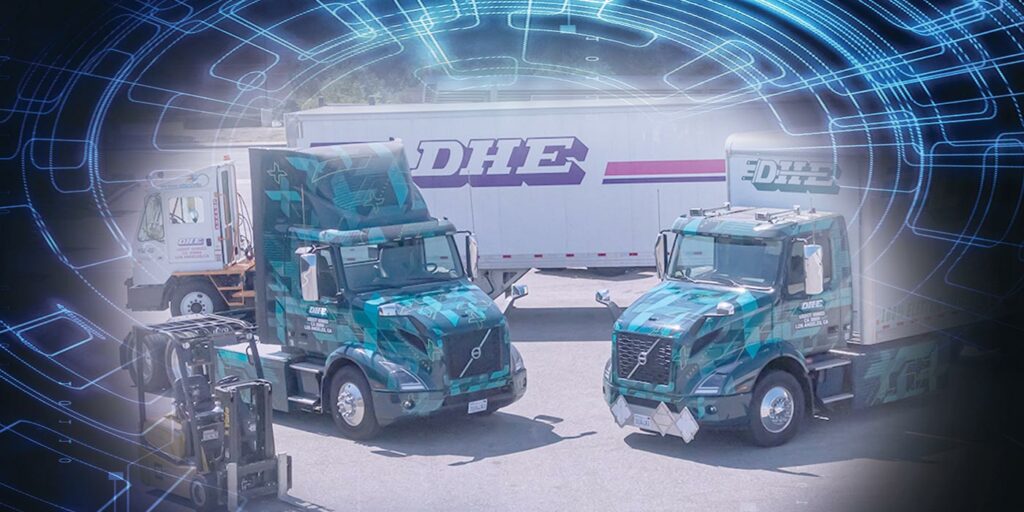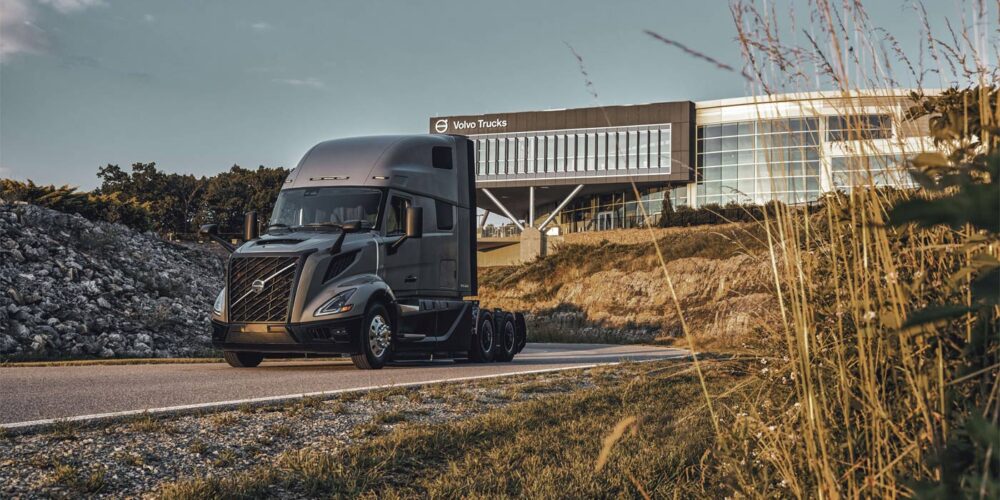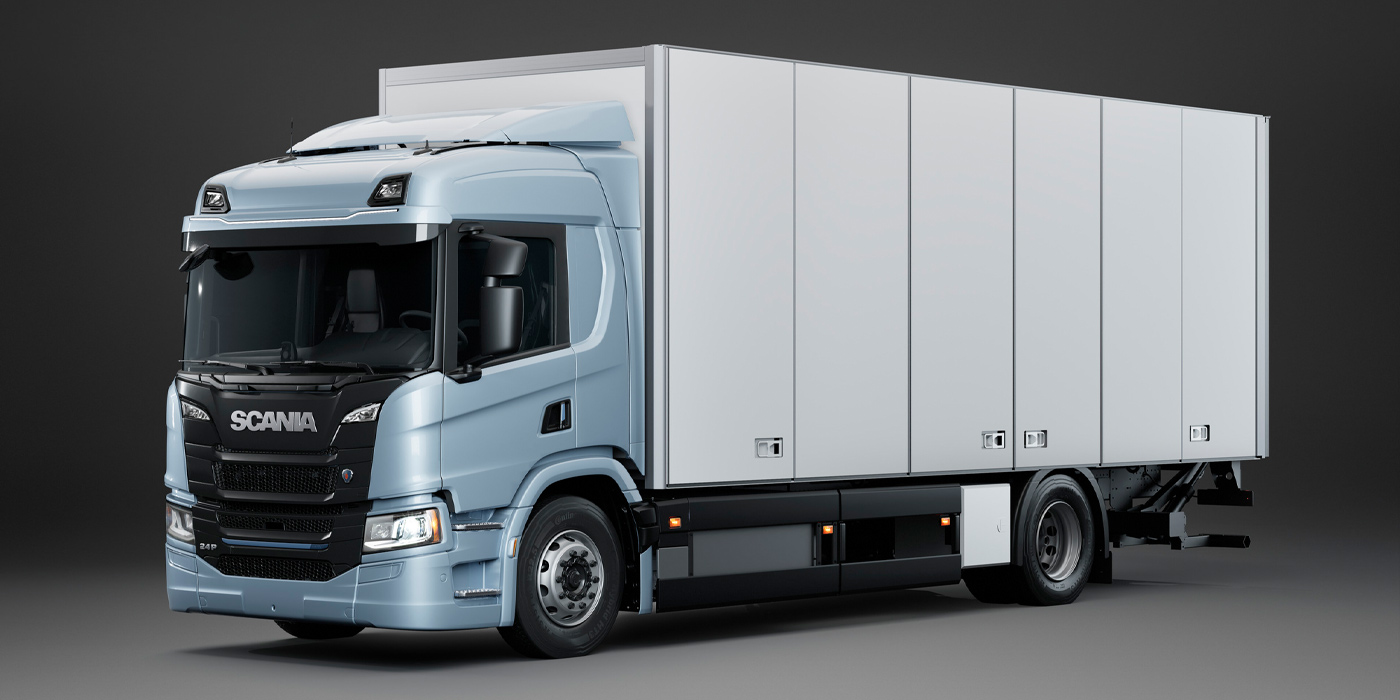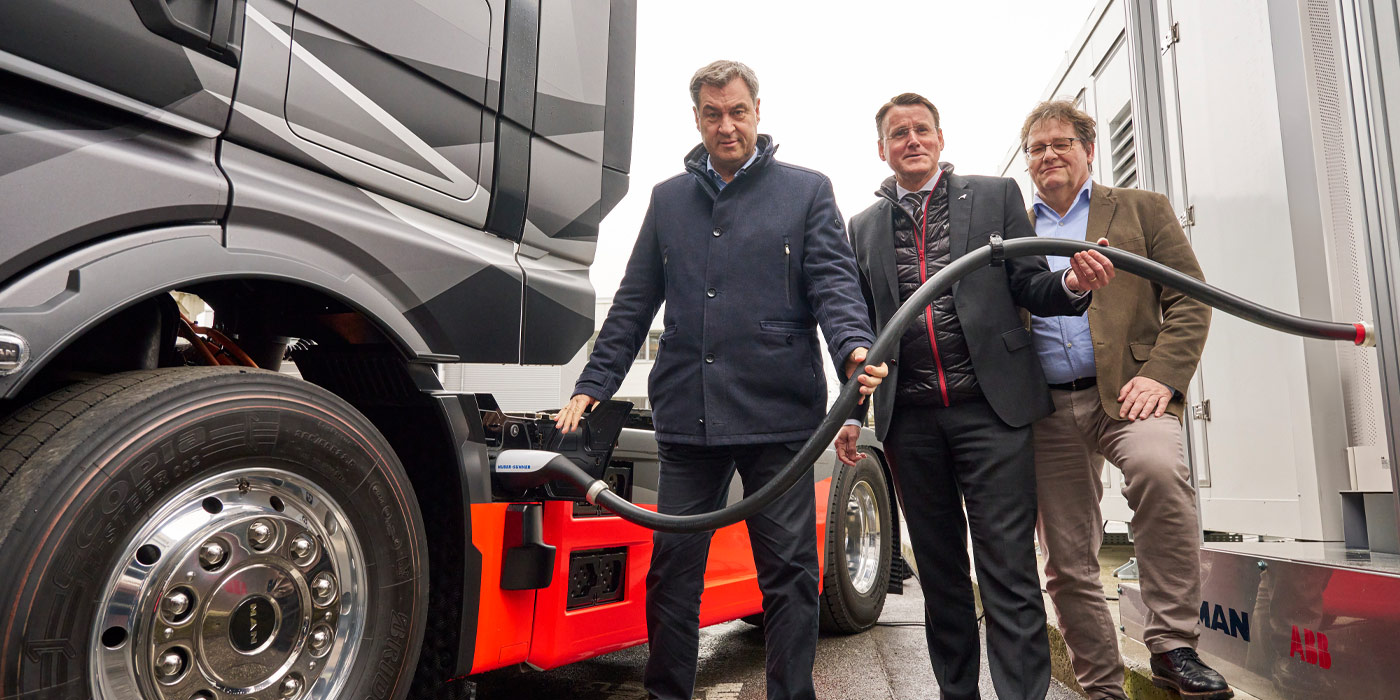The year 2020 was the first time that fleets began to take delivery of electric trucks as part of pilot programs. Since we have (somehow) already raced past the midpoint of 2021, FE checked in with fleets to see how their experiences have been with these trucks; how the trucks have held up compared to their expectation; and whether they will consider investing further in electrification, among other burning questions.
In this entry in the series, we spoke with DHE, which has operated two Volvo VNR Electric models: one three-axle tractor and one box truck. They are also expecting delivery of a third truck soon, which has a battery with additional range.
1: What are the key lessons you have learned about running electric trucks?
Troy Musgrave, director of process improvement at DHE, describes the routes of the two DHE electric trucks as “typical pickup and delivery,” doing about 80 miles per day matching 60% to 70% of its regional box truck routes.
“The box truck especially has been just super consistent,” he says. “It’s done the job just about every single day since September. Driver feedback has been very positive. We’ve also got some good feedback for our partner, Volvo, on what the driver thinks might help enhance a vehicle.”
As an example, he says there are a few small things drivers have noticed, like the way battery boxes can drag in some situations where there is a steep entrance to a driveway, something that was communicated to Volvo and Musgrave says they are working on.
2: How have the trucks performed compared to expectations?
“What’s great about this model,” Musgrave answers, “is that it’s the same as the diesel. So, whenever a driver gets in it, it is very comfortable in that respect. Most everything is in the same place as a diesel with just a little bit of adjustment to the cluster, the different information displayed, but ultimately it’s the same truck, just with a different powertrain.”
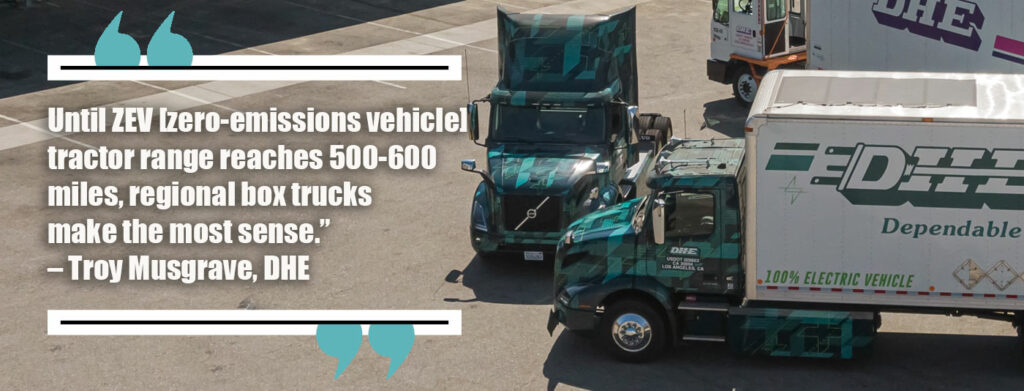
3: How has the charging experience been?
“Charging is an area where technology is rapidly changing to address the needs of heavy-duty space,” he says. “We’ve had our difficulties with the charging infrastructure—there’s software that communicates with the vehicle, the batteries have software and have to match up with that communication. There are opportunities for helping with fuel economy by charging at scheduled times versus unmanaged charging. Construction of the infrastructure was lengthy and had some barriers that we had to overcome, and while charger performance has improved, it continues to be a work in progress.”
4: In what other applications can you see battery electric trucks becoming part of your fleet?
“We dual use our tractors to make the best use of our capital investment. Until ZEV [zero-emissions vehicle] tractor range reaches 500-600 miles, regional box trucks make the most sense. I think it’s been pretty educational, and we did see a space for it,” Musgrave says. “Current technology can fit our regional box truck duty cycle and range for the most part in this terminal here in Ontario, California. And when we look at it from a broader perspective across the fleet of regional box trucks that we have throughout California, Arizona and Nevada, we see a consistent pattern. Somewhere between 60 to 70% of the routes that we run on a daily basis could be fulfilled by a regional box truck that’s electric.”
5: What are the other factors that will help you decide to make a greater investment in electrification?
Musgrave says DHE has invested in infrastructure at its site in Ontario, California, and credits the Volvo LIGHTS project for helping with that process.
“Volvo’s approach was: let’s design a whole ecosystem around these trucks,” he explains. “With the partners that are included in our project, we have direct communication with our utility, Southern California Edison, universities to train and develop technicians, and Volvo Trucks’ dealer TEC Equipment. The state and local governments are involved too, so we’re all sharing and trying to be transparent about this information so that we can really learn from it.”
6: Have you been persuaded to invest further in electric trucks?
The fleets interviewed for this series were unanimous in their enthusiasm for continued investment in EVs.
In fact, Musgrave says that DHE has already committed to more trucks—the fleet is part of another Volvo project, called Switch On, through which it will purchase 10 additional electric regional box trucks plus further investments in charging infrastructure.
“If you’re a trucking company in California, specifically, with the goals and objectives that the state has, I think it makes perfect sense for a company like ours to invest and explore while this opportunity’s available,” he says.

